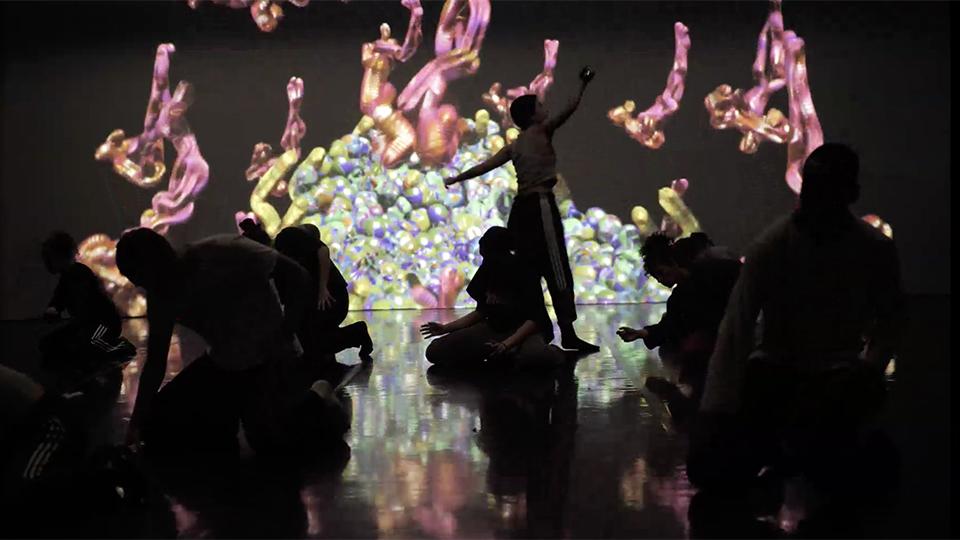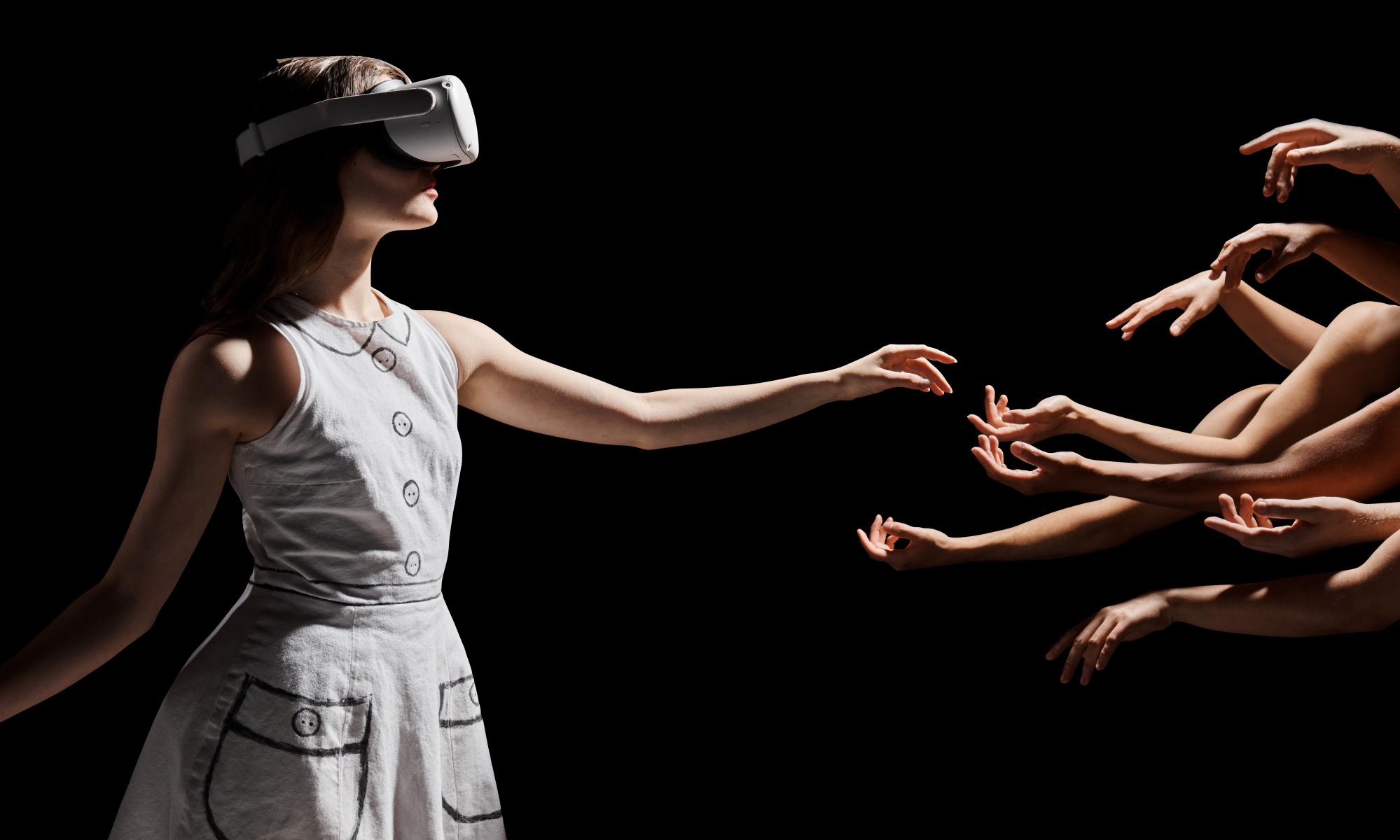As the world embraces digital connectivity, the dance community has witnessed a surge in virtual dance classes, revolutionizing the way individuals learn and engage with this art form. Immersive dance experiences through virtual classes offer a unique blend of convenience, accessibility, and personalized instruction, making it possible for dancers of all levels to hone their skills from the comfort of their homes.
One of the primary advantages of virtual dance classes is accessibility. Geographical constraints are no longer a barrier, allowing individuals from different parts of the world to participate in classes taught by renowned instructors. This accessibility has democratized dance education, providing opportunities for aspiring dancers who may not have local access to high-quality instruction.
The immersive nature of virtual dance classes goes beyond geographical boundaries. Through video conferencing platforms, dancers can connect with instructors in real-time, receiving personalized feedback and guidance. This interactive element enhances the learning experience, as students can ask questions, seek clarification, and engage in meaningful dialogue with their instructors and fellow dancers.
Moreover, virtual dance classes cater to diverse learning styles. With pre-recorded lessons, live sessions, and a variety of class formats, dancers can choose the learning experience that best suits their preferences and schedules. This flexibility is particularly beneficial for individuals with busy lifestyles who may find it challenging to commit to fixed class times.
Technology has also played a crucial role in enhancing the immersive aspect of virtual dance classes. High-quality video production, multiple camera angles, and clear audio contribute to a more engaging and effective learning experience. Some classes even incorporate augmented reality elements, allowing dancers to see visual overlays of dance patterns and movements, further enriching their understanding and execution.
However, challenges such as technical issues, the absence of physical correction, and potential distractions at home do exist. Dancers and instructors must work together to overcome these obstacles and ensure a productive virtual learning environment.
In conclusion, immersive dance experiences through virtual classes represent a paradigm shift in dance education. The accessibility, interactivity, and personalized instruction offered by these classes have made dance education more inclusive and adaptable to the evolving needs of the global dance community. As technology continues to advance, the world of virtual dance classes is poised to evolve even further, providing exciting possibilities for dancers and instructors alike.









